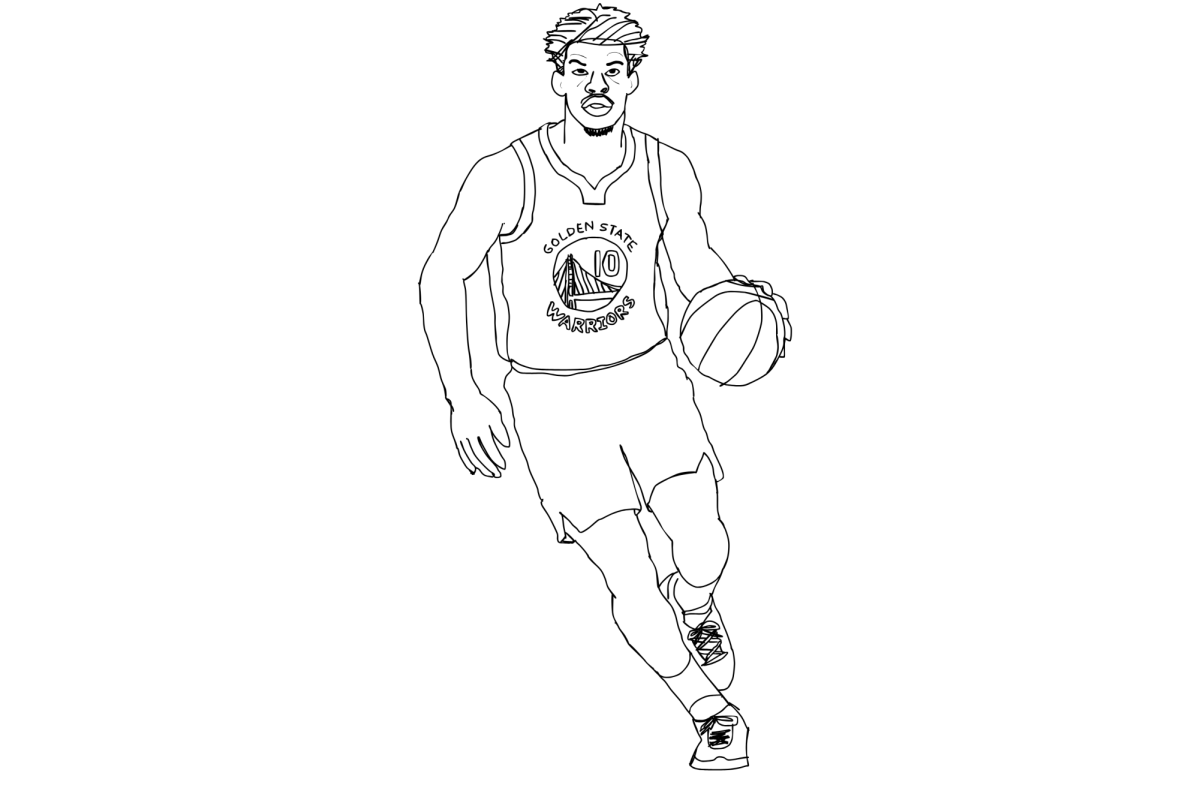The American comedian George Carlin once said that the reason it’s called the American Dream is because you have to be asleep to believe it. Looking at modern day America, I think he is right.
The other day, one of my teachers asked the class if everyone in the U.S. still can rise from the bottom of society and become rich – pursue the American Dream – if they work hard enough. This sparked a minor war in the class. Some had parents who had made it to the top, so to them, the answer was clear: Yes, if you work hard enough. Another part of the class had friends or family who had never ”made it” despite their hard work. To them the answer was no: The American Dream is dead – or at least only alive for a lucky few.
The discussion was interesting, because the American Dream is a key part of the American self image, often mentioned in the election campaigns, and apparently still a very sensitive subject.
In modern-day America, some people are definitely living the American Dream. In San Francisco, this could be the people riding the tech wave, thriving off their business startups or living in fancy million-dollar houses in Sausalito, but they are the minority.
On the other end of the scale I have never seen as many homeless people as I have seen in San Francisco. Recent statistics show that not only is the number of homeless people in SF increasing – by 4 percent since 2013 – the homeless population is also getting older and sicker.
A part of the homelessness problem might also have to do with gentrification, so in order to deal with the American Dream more specifically, let us look at social mobility in the U.S. – people’s ability to rise in education, job and income level.
An often-used parameter here is the Gini coefficient, which shows the gap between the richest and poorest in a country, measured by income. A score of 0 on the Gini coefficient means that all citizens in a country have the exact same income – a score of 1 represents absolute inequality.
Here the most recent numbers show that the U.S. is the modern, western country with the biggest gap between rich an poor measured in income and that the U.S. is the country that does the least to reduce market-generated income inequality.
Further supporting the challenges to the American Dream and social mobility in the U.S. is a 2015 report from the Pew Research Center that explains that, “although no one would be surprised that children from higher-income families enjoy some advantages, this report reveals them to be dramatic.” And thus they underscore the “importance of policy efforts to increase mobility in the United States.”
So with the lack of social mobility, the American Dream has died.
Some citizens benefit from the low taxes and live the American Dream, but a lot of people don’t even have the chance to pursuit it. Like the homeless people, the people who can’t afford an education, or people who have just been unfortunate.
Like the man in the wheelchair I met in the bus, who told me his broken back prevented him from working, and his only income to support his family was the one he got from selling his prescription morphine pills on the street.
Built into the concept of the American Dream is also the premise that if you work hard enough you will succeed. But how can you work hard if you have nothing to work with? If you are stuck in a wheelchair, with a giant medical bill, or with a negative, social heritage?
Is the American Dream still alive and obtainable? Definitely. For the few. But for the many, the answer is no.







